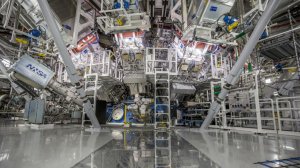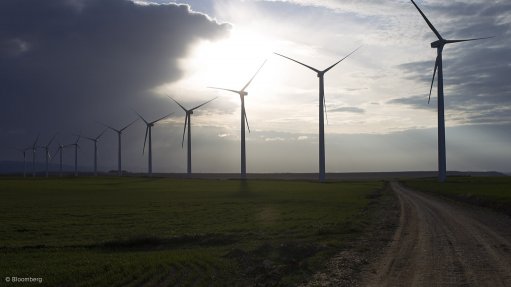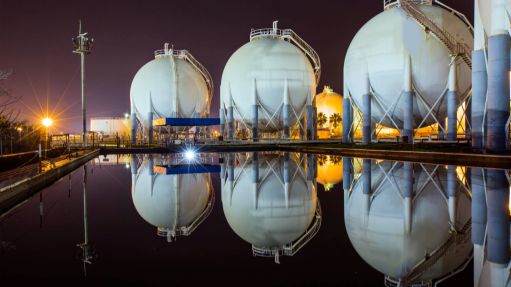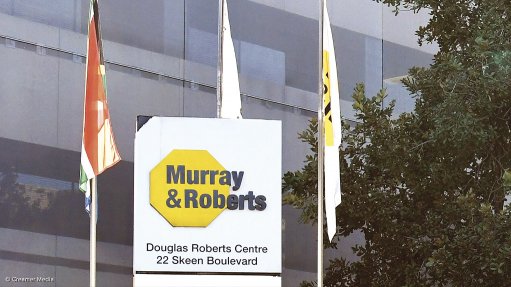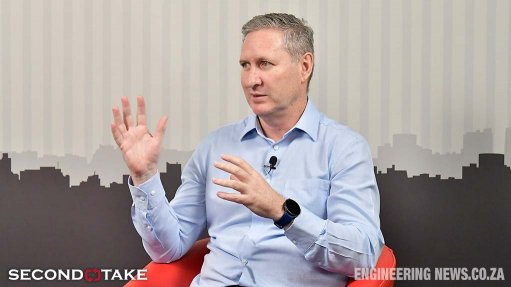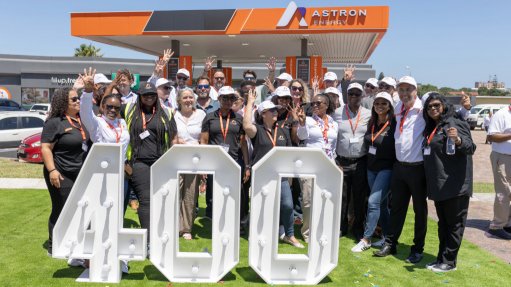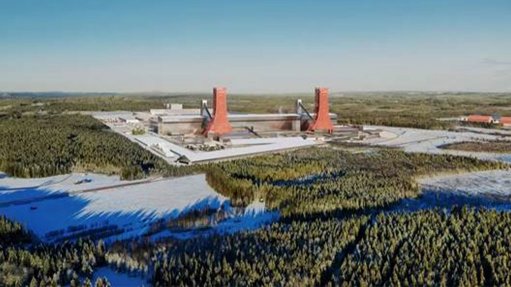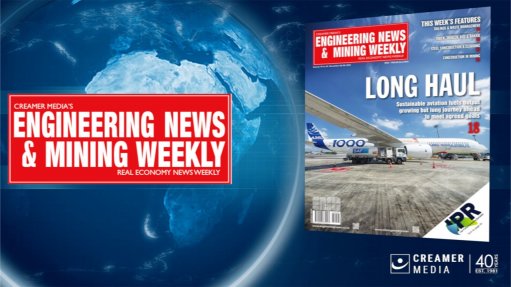US researchers achieve unprecedented breakthrough in nuclear fusion
Late on Tuesday, South African time, the US Department of Energy (DOE) and the DOE National Nuclear Security Administration (NNSA) confirmed what had been rumoured for the previous couple of days: a huge breakthrough in the field of controlled nuclear fusion research and development. Scientists and engineers of the National Ignition Facility (NIF) at the Lawrence Livermore National Laboratory (LLNL), in Livermore, in the state of California, had, for the first time ever, achieved fusion ignition (more technically called scientific energy breakeven).
In plain English, the NIF experiment produced more energy from a controlled fusion reaction than it used to create that reaction. Hitherto, such outcomes had only been achieved with uncontrolled fusion reactions, that is, with thermonuclear weapons (popularly called hydrogen bombs or H-bombs). The NIF used 2.05 megaJoules (MJ) of energy to trigger a fusion reaction which produced 3.15 MJ of energy output. This happened on December 5.
“The pursuit of fusion ignition in the laboratory is one of the most significant scientific challenges ever tackled by humanity, and achieving it is a triumph of science, engineering, and most of all, people,” highlighted LLNL director Dr Kim Budil. “Crossing this threshold is the vision that has driven 60 years of dedicated pursuit — a continual process of learning, building, expanding knowledge and capability, and then finding ways to overcome the new challenges that emerged. These are the problems that the U.S. national laboratories were created to solve.”
Fusion involves the merging of two light atomic nuclei (typically hydrogen) to create a single heavier atomic nucleus, a process which releases large amounts of energy. It is fusion which powers the Sun and all the other stars.
The NIF achieved this landmark event using laser beams to trigger the fusion. In fact, the NIF was specifically created to research and develop laser-induced fusion technology. It was back in the 1960s that a group of scientists at LLNL first hypothesised that lasers could be used to trigger fusion. The December 5 success was the result of decades of research and development. This covered lasers, optics, computer modelling, ‘target’ fabrication, diagnostics, simulation and experimental design.
The result of all this work is today’s NIF, which contains the world’s largest and most energetic laser system. The target for the experiment was a capsule containing cryogenic fuel. This was contained in a device called a hohlraum. Multiple very powerful laser beams were simultaneously fired at the hohlraum, inside which their energy was converted into X-rays, which, in turn, both compressed and heated the target fuel until a high temperature, high pressure plasma was created and fusion was initiated.
“We have had a theoretical understanding of fusion for over a century, but the journey from knowing to doing can be long and arduous,” pointed out President Joe Biden’s chief adviser for Science and Technology and White House Office of Science and Technology Policy director Dr Arati Prabhakar. “[This] milestone shows what we can do with perseverance.”
Much research and development still has to be done, however, before fusion can become a commercially viable energy source. But, the LLNL pointed out, there is now a lot of momentum towards achieving that objective.
Comments
Announcements
What's On
Subscribe to improve your user experience...
Option 1 (equivalent of R125 a month):
Receive a weekly copy of Creamer Media's Engineering News & Mining Weekly magazine
(print copy for those in South Africa and e-magazine for those outside of South Africa)
Receive daily email newsletters
Access to full search results
Access archive of magazine back copies
Access to Projects in Progress
Access to ONE Research Report of your choice in PDF format
Option 2 (equivalent of R375 a month):
All benefits from Option 1
PLUS
Access to Creamer Media's Research Channel Africa for ALL Research Reports, in PDF format, on various industrial and mining sectors
including Electricity; Water; Energy Transition; Hydrogen; Roads, Rail and Ports; Coal; Gold; Platinum; Battery Metals; etc.
Already a subscriber?
Forgotten your password?
Receive weekly copy of Creamer Media's Engineering News & Mining Weekly magazine (print copy for those in South Africa and e-magazine for those outside of South Africa)
➕
Recieve daily email newsletters
➕
Access to full search results
➕
Access archive of magazine back copies
➕
Access to Projects in Progress
➕
Access to ONE Research Report of your choice in PDF format
RESEARCH CHANNEL AFRICA
R4500 (equivalent of R375 a month)
SUBSCRIBEAll benefits from Option 1
➕
Access to Creamer Media's Research Channel Africa for ALL Research Reports on various industrial and mining sectors, in PDF format, including on:
Electricity
➕
Water
➕
Energy Transition
➕
Hydrogen
➕
Roads, Rail and Ports
➕
Coal
➕
Gold
➕
Platinum
➕
Battery Metals
➕
etc.
Receive all benefits from Option 1 or Option 2 delivered to numerous people at your company
➕
Multiple User names and Passwords for simultaneous log-ins
➕
Intranet integration access to all in your organisation




